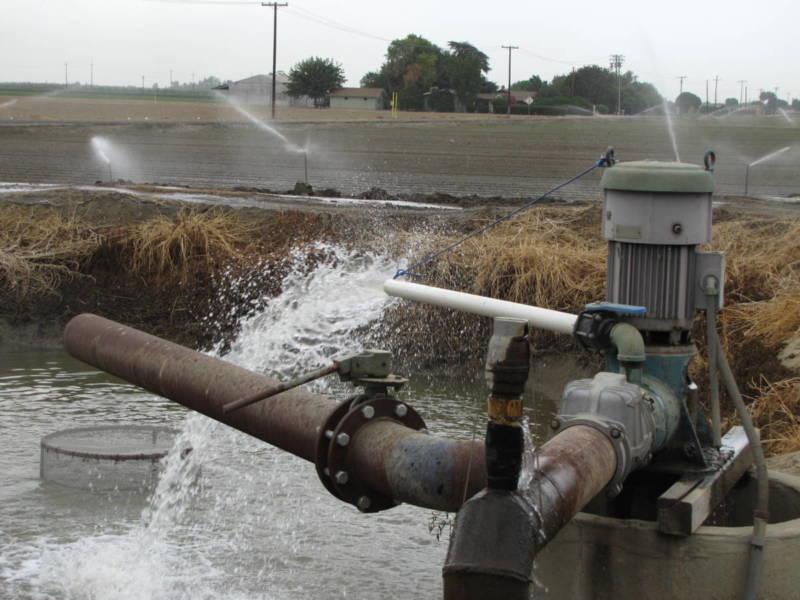“When you’re digging yourself into a hole, the first solution is to stop digging,” Wolk said. “Counties have the responsibility and the authority to regulate well drilling. What we’ve discovered is that most counties just don’t do it.”
In April, the bill was approved by two committees in the state Senate, but not without lots of objection from water users, the well-drilling industry and local government groups.
“At this point, we’re in an opposition position,” said Mary-Ann Warmerdam, legislative advocate at Rural County Representatives of California. “We are in conversations with Sen. Wolk’s office and are trying to be productive in vetting out other options. But to this point, no gentle resolution has come forward.”
Opponents include some heavy hitters in California politics, including the League of California Cities, the California State Association of Counties, the Association of California Water Agencies, the California Chamber of Commerce, the California Farm Bureau Federation and the California Association of Winegrape Growers.
Warmerdam said one concern is that local governments are already working hard to comply with the Sustainable Groundwater Management Act. This is a tall order in itself, because many rural counties don’t have resource management experts on their staff. Or if they do, those employees are already spread thin. Wolk’s bill, she said, adds a second groundwater law to comply with on top of that.
“It’s viewed as a bit of a crossroads,” she said. “We can do one or the other, but we don’t have the capital, if you will, to do both.”
Jay Ziegler, California policy director of the Nature Conservancy, however, said those kinds of choices shouldn’t matter when the state’s groundwater is dwindling so fast. Protecting and then restoring what remains should be an economic and social priority, he said.
“We need to figure out how to actually take demand off of groundwater, not increase it, and that’s all were talking about,” said Ziegler. “If we don’t do something to kind of avert the race to the bottom, we’re going to be in a position where it’s going to be more difficult for everybody.”
Other supporters of the bill include the Planning and Conservation League, the Union of Concerned Scientists, Natural Resources Defense Council, Food and Water Watch, Community Water Center and the League of Conservation Voters.
Ziegler noted one goal of Wolk’s bill is simply to prevent more damage to aquifers during the interim period of years before the Sustainable Groundwater Management Act takes full effect. That’s why the bill requires early action on medium- and high-priority basins, and not just those considered critical, which is the focus of the existing law.
It’s a matter of focusing attention on those groundwater basins that can still be helped, he said, and not just those that are already in trouble.
“Left to our own devices, we are on a path to just exploit as much as we can,” Ziegler said.
Much opposition to the bill has focused on the fact that it would require counties to issue a conditional use permit before a new well can be drilled. This triggers the California Environmental Quality Act (CEQA), an important analytical tool but one that can also be expensive and time-consuming.
Warmerdam said it could also trigger some liability. Counties, she said, are concerned they could be subject to lawsuits under CEQA that challenge their decisions about well permitting.
As a result, said Wolk, she is considering amendments to the bill that would allow local governments to design their own well permitting process, as long as it meets the goal of preventing further depletion of critically overdrafted aquifers.
“Somebody has to ask the question at the (permit) counter or the Board of Supervisors, ‘Is there sufficient water to allow for the new well to be dug?’” Wolk said. “It’s been the Wild West since the beginning of the state, and we’re no longer in that position.”
Wolk said she is not surprised by the opposition to the bill, and is hopeful a compromise can be reached. The bill next faces a hearing in the Senate Appropriations Committee.
“As a practical matter, our member counties are sympathetic with Sen. Wolk’s concern over additional extractions in these overdrafted basins,” Warmerdam said. “Anyone who’s been watching California water for any length of time has got to share that concern. So there’s no dispute there.”
